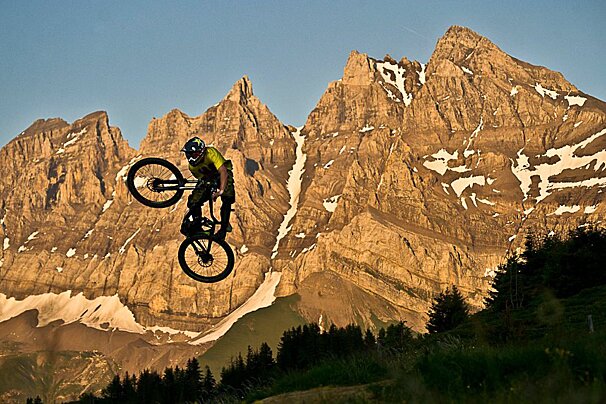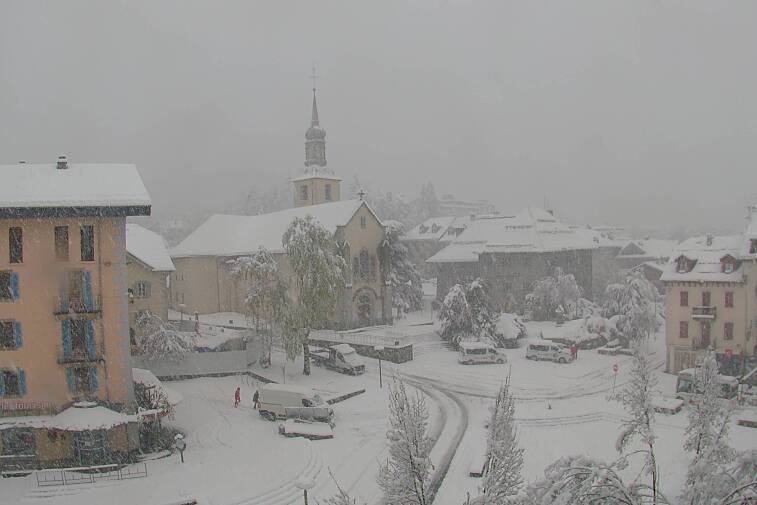
© CNRS

© CNES
Chamonix's Glaciers Melting at a Higher Than Average Rate
A mild winter & 10 day heatwave has had a significant impact
Temperatures in Chamonix over the last 10 days have been well above average, with 0°C being recorded at 4,500m on Monday, resulting in an acceleration of glacial melt.
After the mild winter season and soaring temperatures in both the Chamonix valley & on the high mountain, CNRS researcher Christian Vincent stated that ice is melting at around 10cm a day instead of the July average of 3cm per day.
Glaciers in the Mont Blanc massive lost around 10 metres of thickness between 2003 and 2012, says a report by glaciologists from three leading study centres.
They use two satellite imaging systems (Pleiades) which measure the surface of the ice in high resolution and are able to take measurements even through cloud, to give an accurate and up to date view of the glaciers. Their accuracy level is 1 vertical metre and when recent images are compared with those from previous years, scientists are able to calculate the level of loss of ice with a good degree of accuracy.
Analysis shows that the ice above 3800 metres on the Mont Blanc massif is relatively stable, but below that, it is retracting quite quickly. The Brenva glacier on the Italian side loses around 12 metres of ice per year, whilst the Mer de Glace in Chamonix loses on average 4-5 metres per year and is now considerably thinner in depth as well.
GPS points are also used on the Argentiere glacier to measure the difference between winter snow fall and the summer melt. Since 1870 the Argentiere glacier has retreated 1,150 metres.
Take a look at the video below (in French) "A sad record observed by Pleiades" to see some of the work being done by the glaciologists.





























